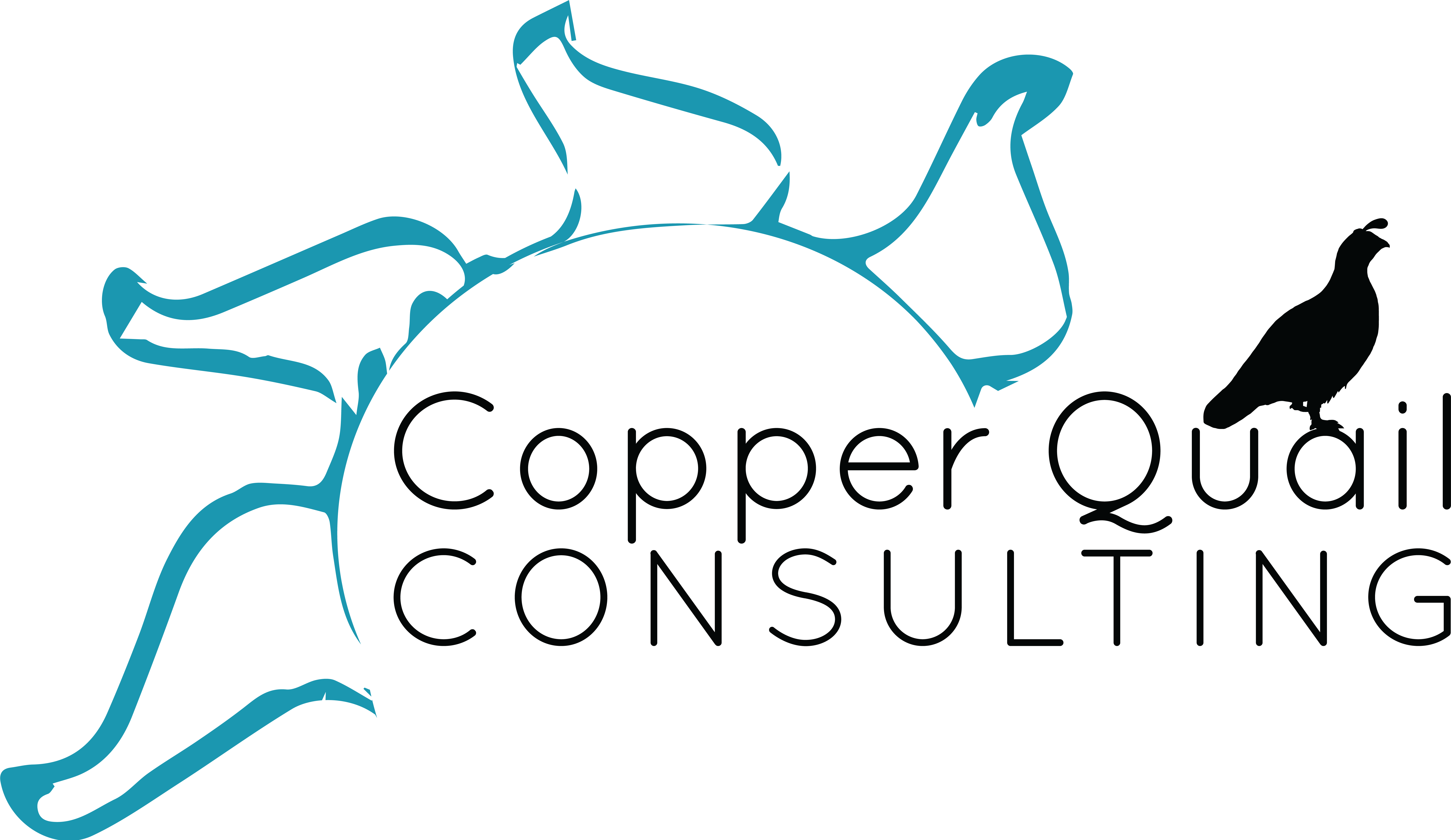If you can run in the heat, you can run anytime, anywhere, so there’s never a better time to start training for a 5k. A five-kilometer (5k) run, which is about 3.1 miles, is a great launching point for distance running goals. Whether you’re starting from the couch or changing up your routine for a little more cardio, here’s a jumpstart for getting informed and involved in the mini-marathon scene.
Appropriate Goals
The first step to achieving 5K success is goal setting. If you haven’t run competitively before, it doesn’t make much sense to set a goal of winning your first 5K. It’s unlikely that you would win without experience or significant preparation. According to Sports Psychology Today, goal setting should be appropriately challenging.
To find out whether a certain pace is appropriate, you need to find your baseline. Start with a timed one-mile run. If you can’t make it the whole mile, make completing that mile one of your goals before setting a mile pace goal. Once you establish this first step, you’ll have a good estimate of the time needed to hit your ultimate goal. Need a little more inspiration to make it around the track? Try some group motivation.
Running Clubs
There are many organizations ready to help you succeed in your fitness journey. The Road Runners Club of America (RRCA) supports local running chapters and promotes the sport through group involvement. Some, like the New York Road Runners (NYRR), offer discounts and incentives to keep racing for access to the exclusive New York Marathon.
Almost any local running store either operates a running club or has a comprehensive list of running clubs in the area. While you’re trying on your new jogging gear, ask about plugging into the local running network. Social networking apps are great tools for finding and creating running groups.
If you can’t locate a running club in your area, you can look for safe running routes near your home. Another option is to train at a local gym, but memberships can be expensive. Some gyms offer discounts for college students. And if you’re a senior, you may already have access to many fitness facilities through the SilverSneakers program.
Equipment
The best thing about the running industry is that it has a low barrier for entry. You need running shoes and clothing that gives you a free range of motion.
Shoes
Buying the right running shoes is part art, part science. Different brands and models of shoes are as varied as the different styles of running and the needs of the runner. You may need more or less cushion or stability support depending on your arch and where or how your feet strike the ground. The best running stores will help you with a running assessment, taking into account factors including how your feet pronate (fancy word for a natural turn), to make an informed recommendation for your comfort and safety. It’s safe to expect to pay around $60 to $125 on quality running shoes; anywhere below this range is steering toward low-quality footwear, which typically means you can squeeze fewer miles out of your kicks.
Fitness Trackers
To add an extra edge to your training regimen, consider using an app or fitness tracker. Products like the Apple Watch, for example, use apps to compile health data. Apple’s own health platform tracks features like sleep, heart rate, and distance. Plus as Man of Many notes, you can add apps to do everything from play games to travel or even improve your daily productivity.
Other apps like Nike + and Strava offer similar tracking services. For more mutual accountability, some of these apps offer friend-following and group goal-planning efforts, like the United Nation’s 2 Billion Kilometres to Safety campaign, a crowd-sourced effort to raise awareness for a humanitarian cause.
Headphones
This will be optional depending on what you need to keep yourself motivated. For example, many people find that listening to their favorite music can help them stick to their training regimen, which means that a sturdy pair of headphones is a must. Wireless in-ear options are typically the best bet for runners, as they prevent you from having to contend with cords. Whatever brand of style you choose, make sure it’s something that you can wear comfortably.
5Ks are often known as “fun runs” for a reason — they’re plentiful and relatively easy to join. If you can’t wait and you just need to click the “sign up” button, Nike.com suggests training for at least four weeks before race day. By sticking to a progressive plan and tracking your progress, you’ll be ready for race day in no time.
Copper Quail Consulting is dedicated to improving productivity and wellness in the workplace. For more information on how we can help you reach your goals, call 602-512-5849 today!



